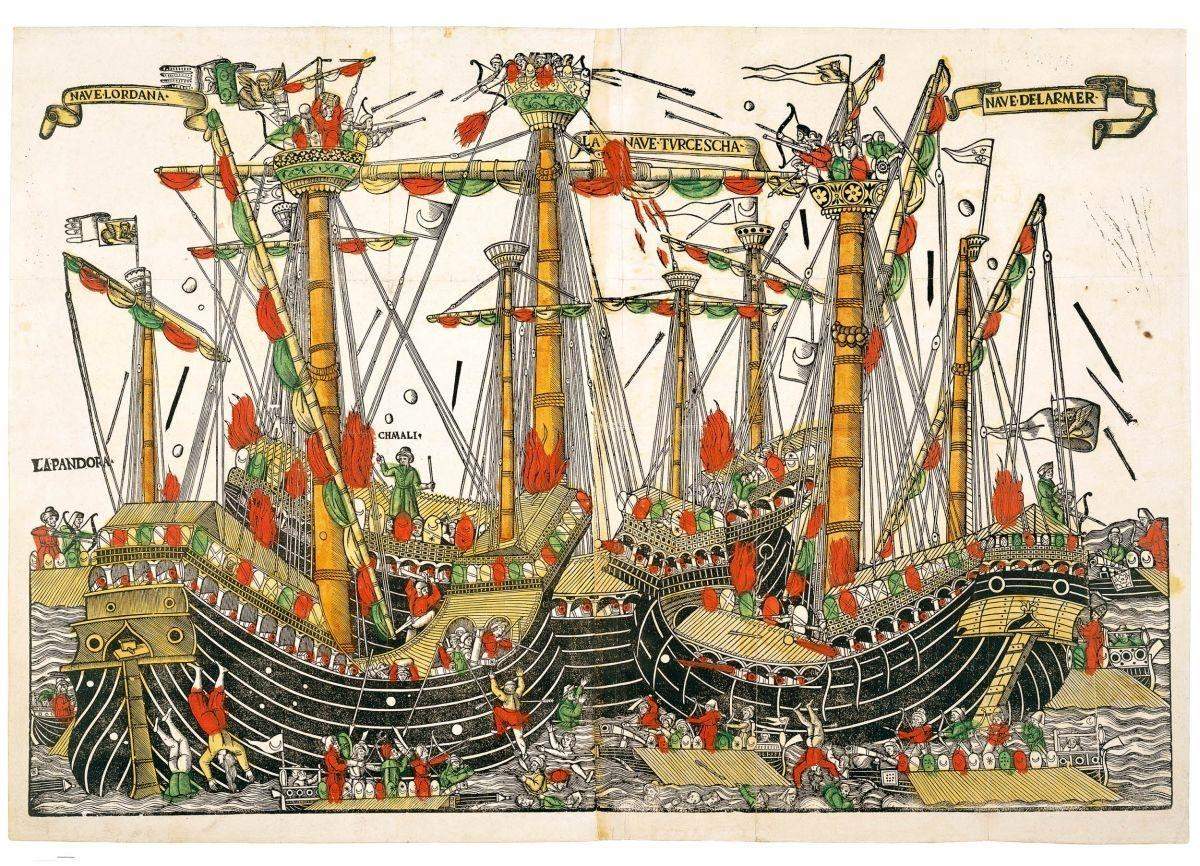Cini Foundation publishes online Atlas of Italian Renaissance Woodcuts
The Cini Foundation in Venice has made available online theAtlas of Italian Woodcuts of the Renaissance, a project curated by Laura Aldovini, David Landau and Silvia Urbini to study and catalog woodcut material and matrices made in Italy, from the earliest known examples to around 1550. This is a project of the Institute of Art History of the Cini Foundation, carried out through a digital archive published in a database that can be consulted entirely online and that contains sheets and matrices preserved in public and private collections, as well as in places of origin (e.g., churches and convents).
“Woodcuts, both on loose sheets and within books, are the ’Cinderella’ of studies on engraving, a discipline that in Italy after all has benefited from very important but discontinuous studies,” the Cini Foundation points out in a note. “The first and most obvious result of this Archive is to recover unknown or little-known works of art, scattered in the most disparate places. The rarity and fragility of these materials makes this recovery desirable also for the purpose of protecting these works. These hitherto ’invisible’ sheets (and several are moreover unknown even to repertories) contain valuable heritages of information that enrich knowledge of Renaissance art. First of all, from the point of view of the history and evolution of style: in fact, it is well known that during the early Renaissance the principle of unity of the arts was in force in the workshops, and the great masters worked simultaneously within different artistic practices, providing drawings also for the new art of engraving, in all its declinations. An atlas of comparable images, moreover, makes it possible to build figurative chains and group stylistic families, creating new artistic identities or enriching the catalog of already known masters and monogrammists. The rediscovery and study of these woodcuts also contributes to the knowledge of religious and secular customs and, more generally, to the history of Renaissance culture: given the intertwining of high and popular culture, the frequent presence of texts, and the variety and originality of the subjects featured on the sheets (official and apocryphal Gospels, lives of saints, historical events, medicine, magic, games, satire, geography, portraiture).”
The aim of the project, the presentation reads, is not only to catalogue all known woodcuts of the Renaissance, but is also “to be a point of reference for the study of Italian woodcuts, creating an active and up-to-date network involving art historians, scholars of the subject and the institutions that possess the surveyed materials.” The Atlas is in fact open to reports, for example of new specimens to be catalogued or to correct available information (just send an email to italianwoodcuts.census@cini.it).
More than 1,200 works are catalogued: in addition to images, technical data, data on acquisition, provenance and conservation, and extensive descriptions, bibliographies and historical-critical news can be consulted on the archive. The Archives provides a search engine with very advanced filters: it is possible to search for a work by material, technique, subject, location, author, and more. An outstanding contribution, very meaningful for scholars and the public alike.
Pictured: Anonymous xylographer, Naval Battle of Zonchio (c. 1499-1500; print, 570 x 825 mm; London, British Museum)
 |
| Cini Foundation publishes online Atlas of Italian Renaissance Woodcuts |
Warning: the translation into English of the original Italian article was created using automatic tools. We undertake to review all articles, but we do not guarantee the total absence of inaccuracies in the translation due to the program. You can find the original by clicking on the ITA button. If you find any mistake,please contact us.



























